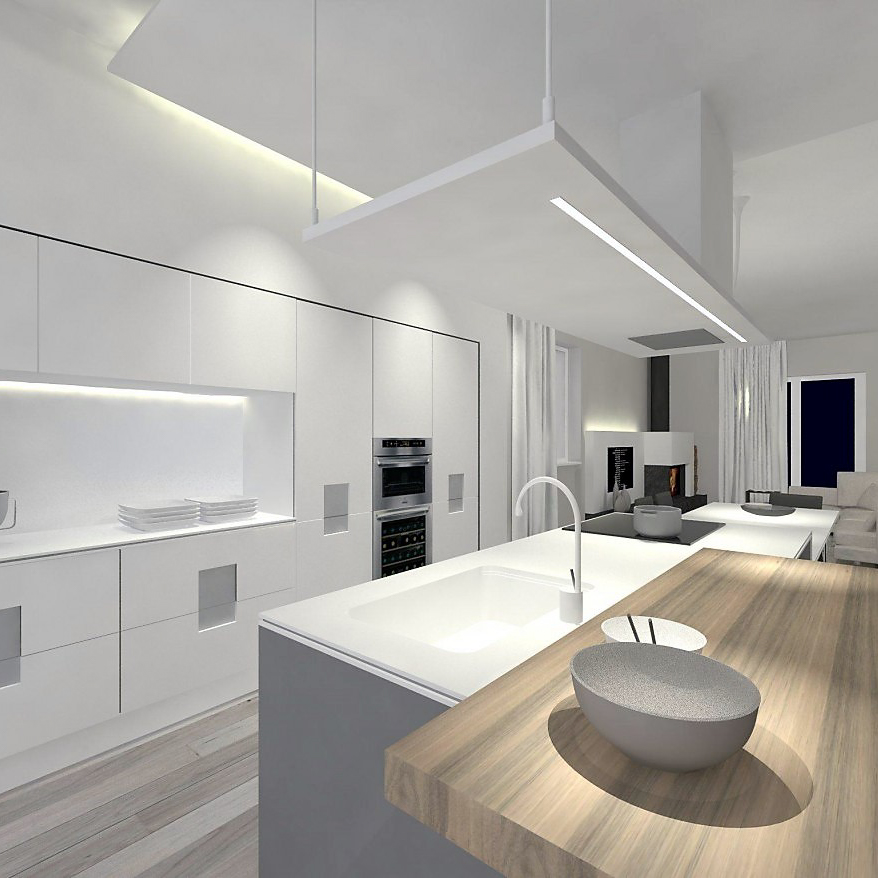Introduction
Boho style, also known as bohemian or hippie style, has taken the world by storm in recent years with its free-spirited and effortless vibe. One of the most appealing elements of boho decor is the use of unique and eclectic lighting fixtures. One such fixture that embodies the boho aesthetic is the duza lampa – a colorful and ornate pendant light that has become a favorite among boho enthusiasts. In this article, we’ll dive deep into the history, design, and appeal of the duza lampa.
What is a Duza Lampa?
The duza lampa is a type of pendant light that originated in Poland in the early 20th century. The name “duza lampa” translates to “big lamp” in English, which refers to the size of the fixture. The duza lampa features a hand-blown glass shade that is typically decorated with vibrant colors, intricate patterns, and sometimes even small glass beads. The glass shade is then suspended from a metal chain or cord, which is attached to a ceiling mount.
Design and Materials
The duza lampa is typically made from high-quality glass and metal materials. The glass shades are hand-blown by skilled artisans who use traditional techniques to create unique and one-of-a-kind designs. The glass can be colored or clear, and is often decorated with intricate patterns, floral motifs, or geometric shapes. Some duza lampas even feature small glass beads that are embedded into the glass shade for added texture and dimension.
The metal components of the duza lampa are usually made from brass, copper, or iron. The metal is often finished with a distressed or aged patina to give the fixture a vintage, bohemian look. The metal components include the ceiling mount, the chain or cord, and the decorative details around the glass shade.
History of the Duza Lampa
The duza lampa has a rich history that dates back to early 20th century Poland. The first duza lampas were created by skilled glassblowers who were looking to create unique and beautiful lighting fixtures that were both functional and decorative. The popularity of the duza lampa grew over the years, and by the 1920s, it had become a staple of Polish interior design.
During World War II, many of the skilled glassblowers who created the duza lampa were killed or displaced, causing the production of the fixture to decline. However, in the 1960s and 70s, there was a resurgence of interest in traditional Polish folk art, including the duza lampa. Today, the duza lampa is once again a popular and coveted fixture among interior designers and boho enthusiasts around the world.
The Appeal of the Duza Lampa
One of the main reasons why the duza lampa has become so popular in recent years is its unique and eye-catching design. The vibrant colors and intricate patterns of the glass shade make the duza lampa a statement piece that can instantly add boho-chic style to any room. Additionally, the duza lampa’s vintage aesthetic and handmade craftsmanship give it a special character and charm that cannot be replicated by mass-produced lighting fixtures.
Another appeal of the duza lampa is its versatility. While it is a fixture that is closely associated with boho style, the duza lampa can also complement a wide range of interior design styles, from mid-century modern to traditional. The duza lampa can be used as a focal point in a room or as a subtle accent piece that adds a pop of color and personality.




